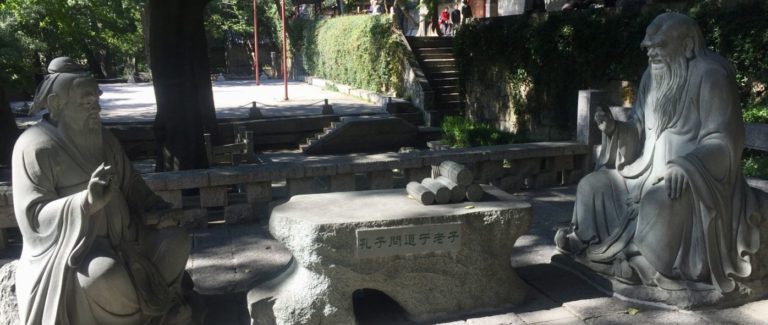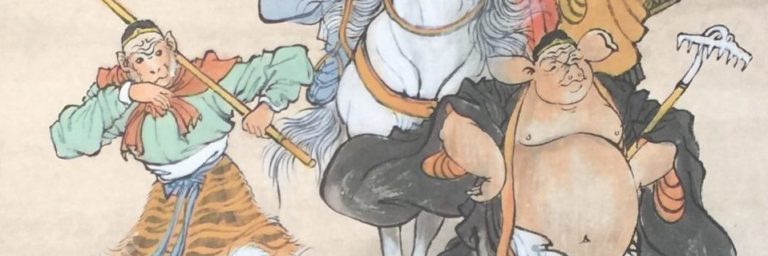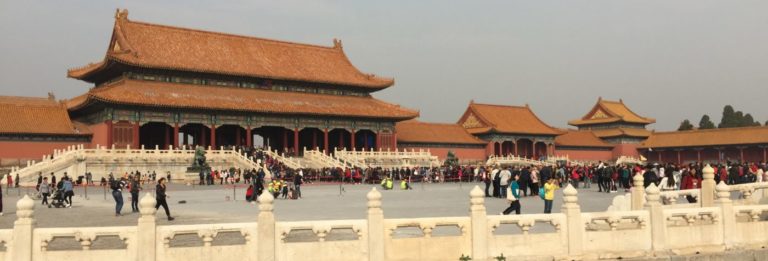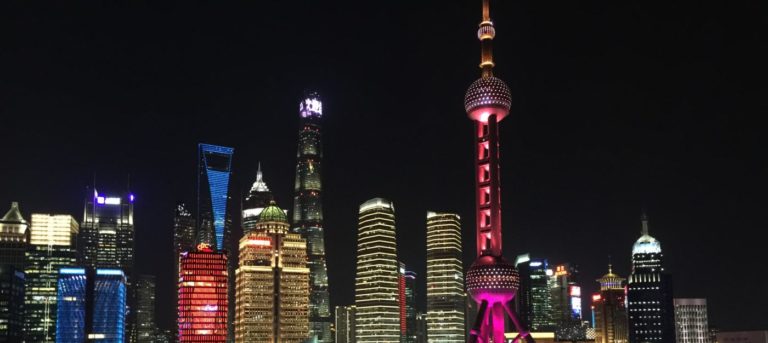There are many parallels between Chinese and Japanese history. No one really knows when the first settlers arrived in Japan. By virtue of being an archipelago of islands, it has been much more isolated from the rest of the world until the nineteenth century. During the Han Chinese dynasty, there are records showing tribute paid by Japanese lords to the Chinese emperor. The Japanese ruled Korea and parts of Manchuria until they were finally sent packing by the Tang Chinese and the Silla Koreans around 663 CE.
The Japanese emperor established his court in Nara around 710 CE, marking the first significant unification of the islands. By the end of that century, the capital was moved to Kyoto, ushering in the Heian Period, long regarded as the Golden Age of Japan, 794-1185 CE. Japan’s first significant novel, The Tale of Genji (Tuttle Classics), was written at this time, depicting the life and times of several layers of Japanese society. For another courtesan’s tenth century view, see The Pillow Book of Sei Shonagon
. The period is also discussed, with particular emphasis on the social and political impact of women, in The World of the Shining Prince: Court Life in Ancient Japan (Kodansha Globe)
.
. The essence of the Bushido code is described in The Code of the Samurai: A Modern Translation of the Bushido Shoshinshu of Taira Shigesuke
.
Studying the way of the samurai became a popular strategy for the US business community in the 1980’s. The most popular source of wisdom was the 1643 work by master samurai warrior, Miyamoto Musashi, who retired undefeated and wrote down the principles that guided him in the The Book of Five Rings.
Japan has had an emperor since the Nara period began in 710 CE, right down to the present day. However, as the Heian Period came to a close in 1185 CE, the emperor took a back seat to the Shogun, the most powerful military chief, for most of the next seven hundred years. Think of it as three hundred years of shoguns, followed by a hundred years of armed mayhem, (Japan’s “Warring States Period”), followed by three hundred more years of shoguns.

The shoguns spent much of the time keeping the empire together by force and intimidation. There were lots of political intrigues that occasionally flared into rebellions or worse. In a radically over-simplified summary, the major periods were as follows:
- Kamakura, 1185-1333, during which two Mongol invasions are repelled and Zen Buddhism spread throughout Japan.
- Muromachi, 1333-1467, famous for the “Kitayama culture” and the later “Higashiyama culture”, both based in the natural affinity and simplistic spirit of Zen Buddhism.
- The Warring States Period, 1467-1573, a time of political chaos, also significant for the arrival of the first Europeans, Portuguese Jesuits.
- Azuchi-Momoyama, 1573-1603, a short rein during which Japan attempted to invade Korea twice, unsuccessfully.
- Tokugawa, 1603-1868, during most of which, Japan was closed to the outside world for 250 years. The rise of Tokugawa is the subject of the fictional classic, Shogun: The Epic Novel of Japan (The Asian Saga)
. During much of this time, the seat of power was in Kyoto, starting with the Muromachi period. Kyoto reflects much of the cultural development of Japan, with many important sites to visit. The Temple of the Golden Pavilion, Kinkaku-ji, is the highest expression of the Kitayama Culture. Its younger cousin, the Temple of the Silver Pavilion, Ginkaku-ji, is the archetype expression of the Higashiyama Culture. You’ll find more detailed information in Kyoto: A Cultural History (Cityscapes)
.









